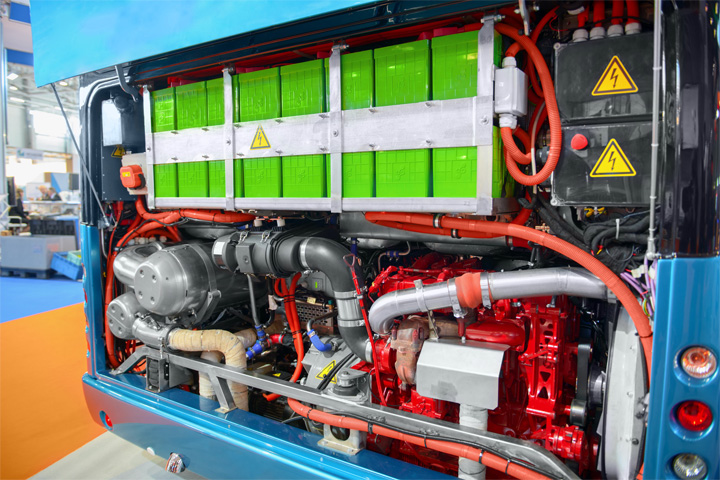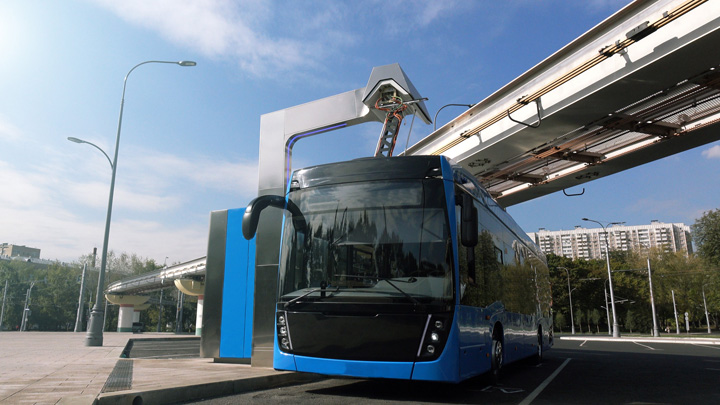Electromobility
Climate change and increasing emphasis on electrification of public transport is translating into operators' activities, exposing the burning problem of optimal brigade planning for a fleet of electric vehicles, using the infrastructure of available chargers, along with a huge number of environmental factors affecting the range of this type of vehicles (e.g., terrain , temperature, humidity, etc.)
Infrastructure records | Support for electric vehicles
Currently, the planning of brigades for parts of rolling stock, i.e., electric vehicles, is based mainly on the experience of drivers performing services on this type of vehicles. The new IT solution is designed to change it and provide tools that will let the planner easily design brigades based on the infrastructure and available data, i.e .:
- Usage standards,
- Charging standards (planning downtime for charging),
- Planning journeys / stops, considering recharging batteries while transport is being carried out or at terminal stations.

Chargers | Charging speed
Planning brigades for electric vehicles is a complex process that requires additional information that has a direct impact on its entire course and the final effect of the planned transport tasks. The extremely important factors having a direct impact on the charging time include, among others
- Charger type / rolling stock
- Charging speed (power unit / time unit)
- Electrical infrastructure and the number of simultaneous charging processes.

Optimizing the use of chargers
The relatively small range of electric vehicles, long battery charging time and specific requirements and restrictions (charging within 20-80%, battery balancing, etc.) make the organization of preparing such a vehicle for transport tasks extremely difficult.
Therefore, IT systems are designed to support the work of a planner / dispatcher and provide the necessary planning and dispatching tools, using information such as about the status of charge of a vehicle at a station, the power / type of charger and the predictable charging time or availability of stations, optimizing the use of them.
